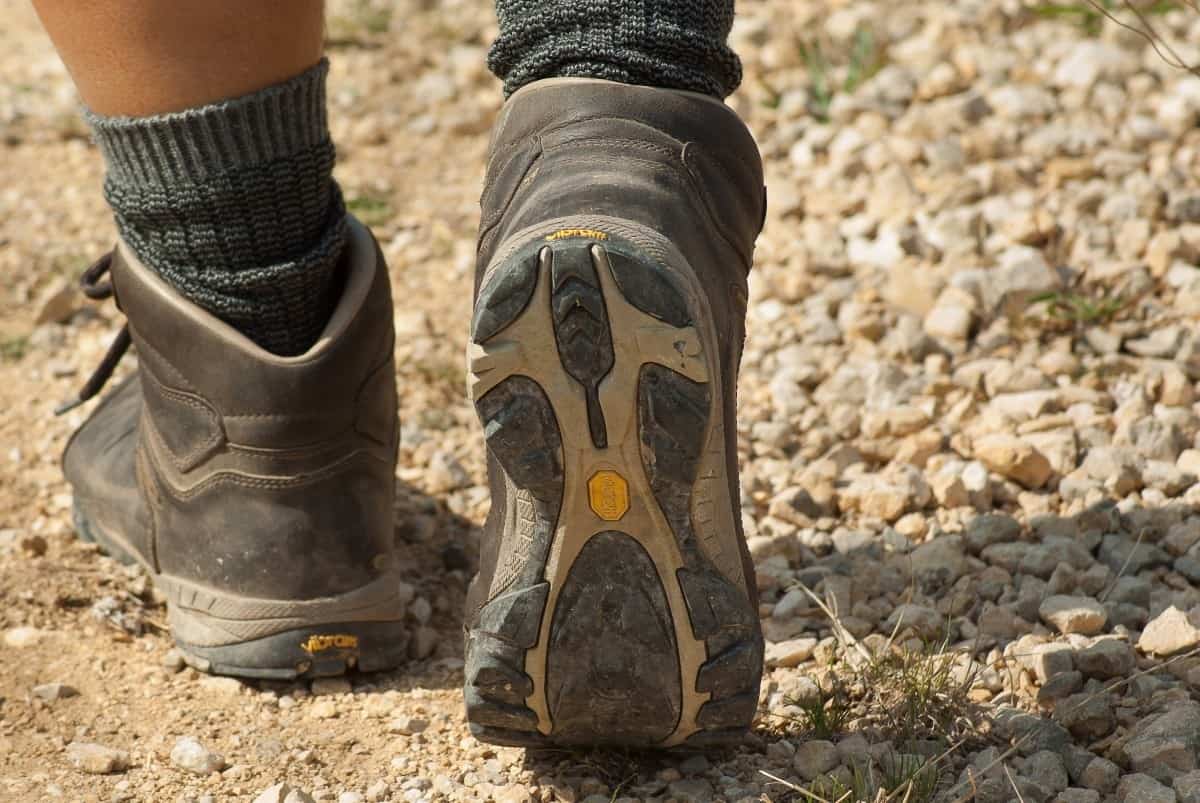Ankle support is not a myth. I wouldn’t want to let hikers think this is the truth. Only an experienced hiker knows where it pains most while exploring outdoor areas way from home. According to research, a high-topped shoe provides ankle support and reduces chances of getting injured compared to low topped shoes.
Ankle support is important as you are likely to face a myriad of problems that expose you to danger and can lead to quick ankle injuries. The importance of the right trekking boots cannot be pressed enough. While most people want to argue and prove it’s not important, at the end of the day it is better safe than sorry.
Has Science Proven Anything Regarding Ankle Support In Hiking?
Out there I found several scientific journals asking discussing ankle support myth. This myth is rich in both ways. There many points supporting the boots and the counteracting points come with strong points. So, it is not easy to have a conclusive answer from scientific research.
According to those who believe it’s a myth, high topped boots actually limit the movement of the ankle instead of supporting it. However, limiting the ankle’s movement is not a bad thing, it prevents different injuries.
If you get a sprained ankle while on a hike, it means the end of your adventure. You should all you can to prevent such and so, get the ankle support boots. It is not a myth and it is a fact that hikers should embrace.
What Options Do You Have?
What you need is proper ankle support. You can choose between burly boots and trail runners. These types of shoes provide you with solid support for the ankle, but each has its special features. If my hiking is in the woods, a part of trailers comes in handy. The footwear I choose depends on how, when and where you decide to go for a hike. Here is what you should consider when choosing what to use for ankle support.
New Hikers
Hiking is not just walking; you have a backpack and therefore need thick soles and wide shoes for maximum support. Boots will ensure you get an upright and stable base, which minimizes footfalls.
The Terrain
If the path you choose to use is not clear, you should wear boots. They can withstand rough encounters while providing more protection to your feet. The stout soles are able to withstand rocks or stumps and you can enjoy those lovely but sketchy forest trails. However, if the path is clear and meandering into the forest in a natural paved path, your sneakers will come in handy. Besides they are not very hot and will allow your feet to breathe while supporting your ankle.
Body Type
You know how much support your body needs. A heavy body will do better with boots for their sturdy support. However, if you are not planning to carry a heavy backpack, you can wear light shoes. However, their ankle support is not much because they are high-topped.
Speed
Will you be moving fast or walking slowly. With lightweight trail runners, you can walk fast. Most people choose them to help cover many miles in a day. However, you may have to carry more than one pair because trail runners wear out fast.
The Traction Is Important
Hike boots are made of thick lugs that go into in the soil and rubber that grips on any surface to offer you stability. Light trails are made for fast or running activities, so when you walk in them, they do not offer excellent traction. Look for trail runners with sticky rubber sole to easy grip on logs and wet logs.
Benefits of Boots
- Offer stability
- They are strong and durable
- Offer maximum ankle and foot protection
- Perfect for wet and muddy paths
- Offer excellent traction
- Best for cold weather hikes
Benefits of Trail Runners
- Offer breathability
- Requires no break
- Perfect for a brisk walk
- Great for hot weather
Conclusion
One of the most common ankle injuries is ankle sprain. It happens when the ankle rolls inward excessively (I can’t say this with twitching, because it has happened to me). The stretching of ankle ligaments makes you more susceptible to other problems such as arthritis, instability and repeat injuries.
I would rather have ankle support all the time than risk an injury and then wear the ankle brace all the time. The ankle support myth doesn’t need clinical support, we have tried it practically and it works. A pair of high-topped boots will maintain an excellent motion range to keep the ankle protected and strong.
Whether you are a beginner or a seasoned hiker, ankle support cannot be over looked. Get the right shoes and you will enjoy your hiking trips to the maximum.








Leave a Comment